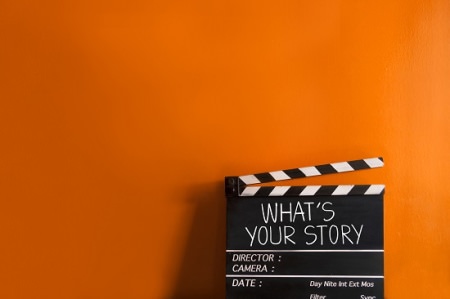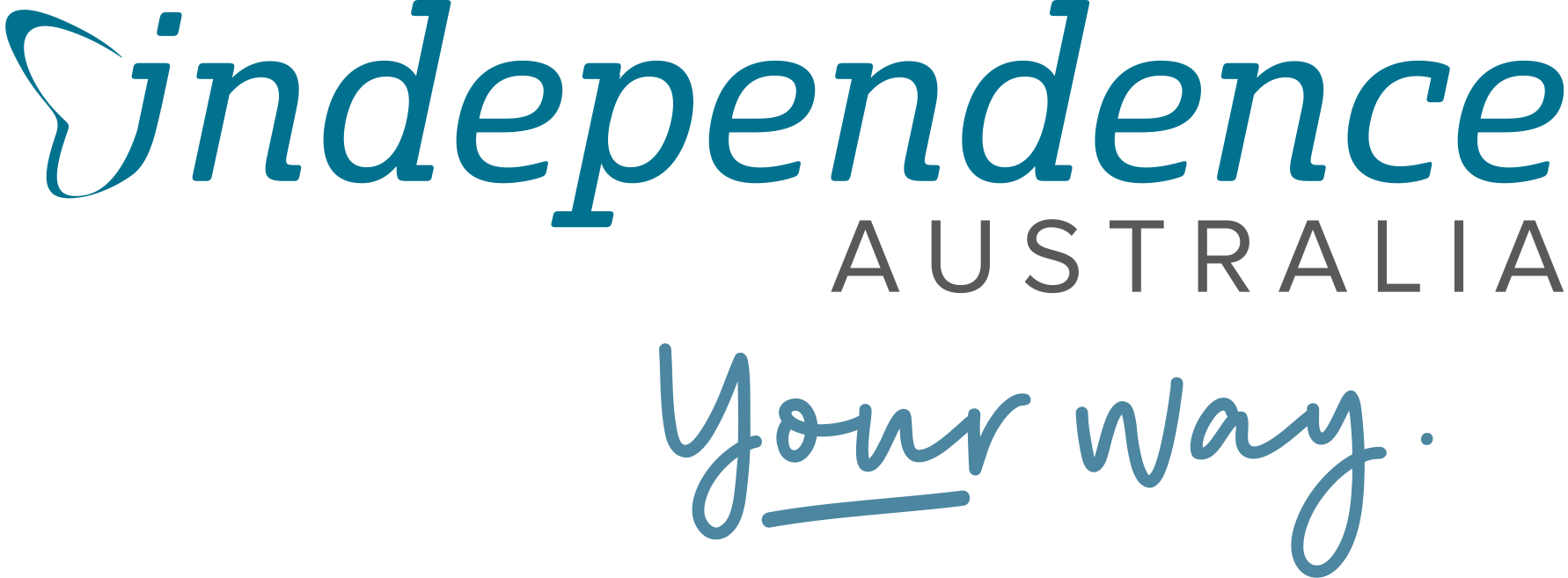Media narratives of disability must change
While grappling with her own disability, Imogen Kars delved into the narratives of disability in the media. For Inform, she writes about how those narratives need to change.
My knuckles were the size of small marbles and I couldn’t open the door of my bedroom. Yet I insisted there was nothing too obscure about it. Everyone had stiff sleeping hands, right? At that point, I was already a veteran at nonchalantly grappling with the tens of tiny odd symptoms that had nestled into my body and brain. Feel something odd, brush it off for a couple of years, freak myself out and finally get it checked out, receive normal results, get thrown into the mystery box. Rinse and repeat.
At 24, I had cosied up to this pattern of health self-denial. It was a result of being poked, prodded and threatened with shunts since I was a primary schooler. By the time I couldn’t brush off the sometimes debilitating symptoms that had crept up on me, I refused to believe something was seriously wrong. I didn’t look like somebody who had disabilities. So why did I feel like one?
Media literacy shines a light
I inadvertently found the answer in my vocation: media literacy. As my health peaked and plateaued, I also delved deeper into the media’s relationship with the social construct. I began to realise perhaps my aversion towards the ‘D word’ wasn’t entirely self-created. Media of all forms—the news, books, movies, advertisements, websites etc.—shapes an invisible yet potent societal scaffold surrounding disability. The information we consume directly influences the prejudices we hold towards persons with disabilities, the way we vote to empower or disempower their rights and the extent to which the disabled community gets to exercise those rights.
The media is sorely failing us. The messages we receive surrounding disability are incredibly stale and outdated. When persons with disabilities are covered in the media, they are portrayed in an unhelpful light that amplifies their isolation from the broader able-bodied community. It affects their values, voices and rights, and maintains social barriers.
Own voices in media matter
How many times have you watched a movie or television show where a person with disabilities is portrayed as the bad guy (Death at a Funeral), undesirable or asexual (Glee) or a spectacle of comedy (Austin Powers)? Also in tow is the magical blind lady who receives premonitions. The innocent intellectually disabled character. The bitter person in a wheelchair who is constantly cursing the heavens and the disabled person who doesn’t think their life is worth living, as seen in the controversial Me Before You.
Switching our gaze to the news media, when was the last time you saw coverage that portrayed those with disabilities without pity or heroism? Within mainstream media, persons with disabilities make the news for things that give permanence to able-bodied stigma. Portrayed as props, inspiration porn or objects to be pitied. It’s about time we saw disability-centric news that goes beyond being asked to the school dance.
These stigmatising narratives are led by voices who haven’t lived through experiences of disabilities. The stories of their realities should be told by those who experience disability. Instead, persons with disabilities are silenced and shunned to marginalisation by able-bodied producers, writers, anchors and hosts. A 2016 study conducted in the United States found that 95% of disabled characters in the nations top ten television shows were portrayed by able-bodied actors. A similar 2016 study by Screen Australia found that “the percentage of Australians with disabilities (18 per cent) is more than four times the percentage of characters with disabilities on TV (four per cent)”. The study also found that a lack of behind-the-scenes opportunities within media production amplifies this.

Media narratives need to shift
On another note, these narratives also greatly impact the personal identities of persons with disabilities. This leads to disadvantages in health, inaccessibility to appropriate support and downright confusion. When your disabilities don’t look anything like the disabilities portrayed in movies, the news and even mainstream health services, it can be beyond difficult to come to terms with where you stand, what you’re going through and how to relay that to the people around you. Throughout my entire life, I’d only seen disabilities represented with wheelchairs or through characters with disabilities like Asperger’s or Down syndrome. While these disabilities are very real, millions of Australians are being left in the dark and excluded from the disability narrative, leading to a lack of awareness, both personally and collectively.
It gets even trickier when we consider the fact that health professionals are media consumers too. This makes inaccurate media representations and unrealistic standards a common hurdle in receiving a diagnosis. Or even in reaching out for support. In fact, scores of autistic women remain undiagnosed and unsupported because of inaccurate and outdated media representations.
While I was floating somewhere between able-bodied and not, I let my health slide. I couldn’t express that I needed support from my loved ones and grappled with whether my disabilities were worthy of the label. It’s not enough anymore to include the disabled community in a bid to ‘tick the diversity box’. The narrative needs to shift. It’s time for the Australian community to be accurately represented in the media, disabilities and all.
Imogen Kars is a journalist, media educator and activist based on the shores of the Great Barrier Reef. She is passionate about social justice, gluten-free tortillas and slow and sustainable travel. You can find her work at earthcorrespondent.com
Ready to read more? Try these Inform links:
Meeting Place moves online in 2020
How working in disability advocacy helped me feel disability pride
